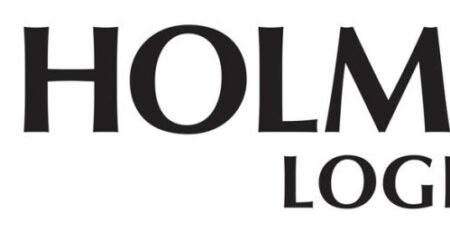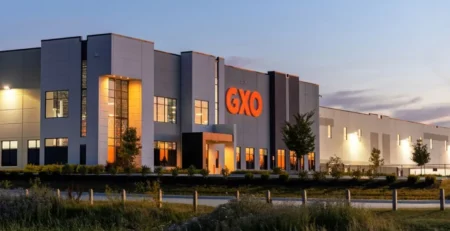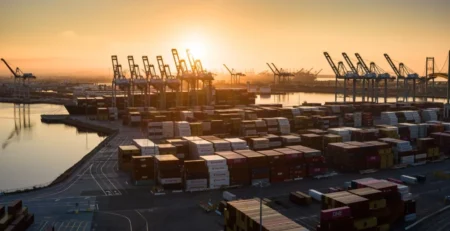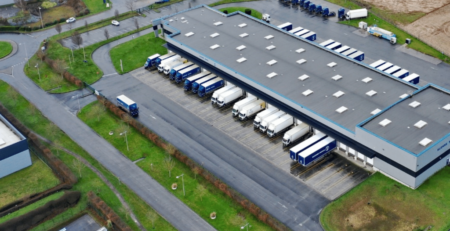Europe’s Green Corridors Gain Momentum as Rail Freight Taps Renewable Power
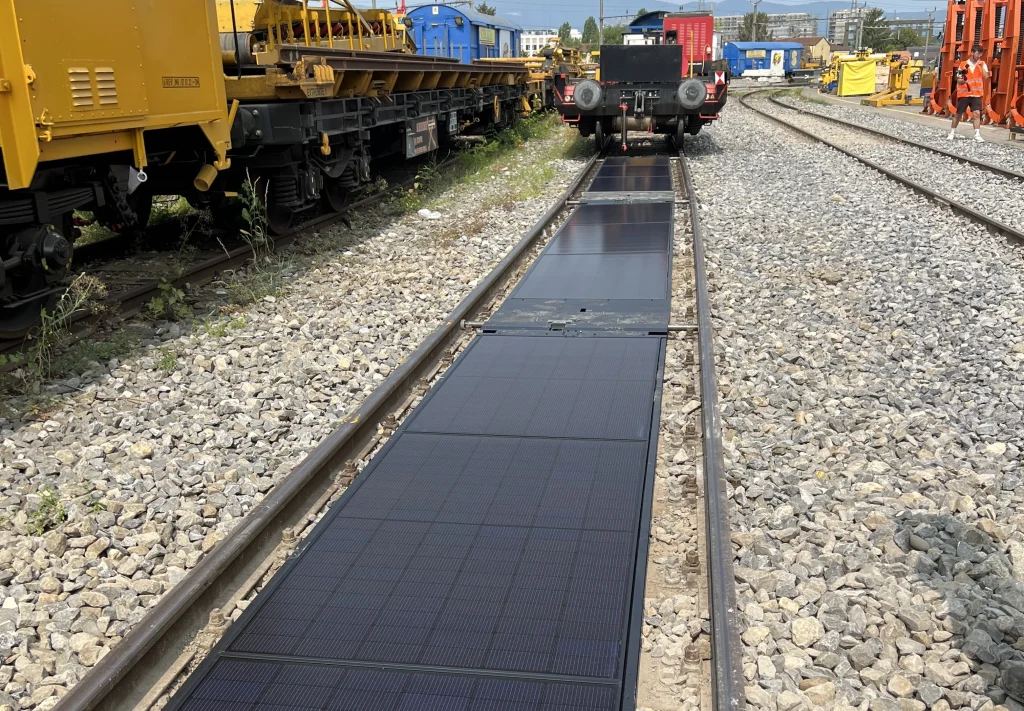
By Maria Kalamatas | July 17, 2025
Vienna, July 17 — Europe’s ambition to decarbonize its freight corridors is accelerating, as new figures released this morning confirm a 26% year-on-year increase in renewable-powered rail movements across Central and Eastern Europe.
The latest data from RailNetZero, a pan-European initiative tracking carbon-neutral logistics, shows that freight operators in Austria, Hungary, and Slovakia have shifted a significant share of cargo traffic to electric rail services supplied exclusively by wind, solar, and hydro power.
“We’re now running nearly 40% of our eastbound freight on renewable energy,” said Tobias Werner, sustainability lead at ÖBB Rail Cargo Group. “And customer demand for green transport options is outpacing capacity.”
The Rise of Certified Clean Rail
The shift is being driven by both regulatory incentives and market pressure. Shippers with EU-based climate reporting obligations are opting for certified green logistics solutions to cut scope 3 emissions — a major reporting challenge under the new CSRD rules taking effect this year.
To qualify, rail operators must demonstrate full traceability of energy sources and emissions offsetting. Operators like MÁV Cargo and ZSSK Cargo have joined RailNetZero’s registry, allowing customers to verify each shipment’s carbon footprint.
“We used to track cost and time — now our dashboards include grams of CO2 per ton-kilometer,” said Eszter Baráth, logistics director at a major electronics supplier in Budapest.
Infrastructure Playing Catch-Up
Despite the progress, green freight remains constrained by infrastructure gaps. Not all terminals are electrified, and access to renewable power can be limited in rural areas. EU funds under the Connecting Europe Facility (CEF) are helping fill the void, with over €1.2 billion allocated this year to rail modernization projects with low-carbon certification criteria.
In Slovakia, upgrades to the Zilina-Košice corridor are expected to boost renewable freight flows by 18% over the next 12 months.
“If we want green logistics to be scalable, we need the grid and the rails to be aligned,” said Werner.
Strategic Value for Multinationals
Multinational companies with manufacturing hubs in Central Europe are using these green corridors not just to lower emissions, but also to secure future regulatory compliance and investor approval.
A recent survey by Clean Freight Monitor shows that 62% of corporate logistics heads now include sustainability KPIs in their freight RFPs — up from just 29% in 2022.
The post Europe’s Green Corridors Gain Momentum as Rail Freight Taps Renewable Power appeared first on The Logistic News.
Share this post
Related
Posts
Holman Logistics Named Top 100 3PL for Tenth Year Running
By Maria Kalamatas | July 18, 2025 Seattle, July 18 — Holman Logistics has once again secured a place on Inbound...
GXO Logistics to Release Q2 2025 Results Amid Contract Logistics Expansion
By Maria Kalamatas | July 18, 2025 Greenwich, July 18 — GXO Logistics has announced that it will report its second-quarter...
U.S. Port Activity Holds Steady, but Outlook Remains Uncertain, Says ITS Logistics
By Maria Kalamatas | July 18, 2025 Reno, July 18 — Port operations across the United States remained stable in July,...
H.I.G. Realty Acquires Eight Last-Mile Logistics Assets Across France
By Maria Kalamatas | July 18, 2025 Paris, July 18 — U.S.-based investment firm H.I.G. Realty has acquired a portfolio of...


